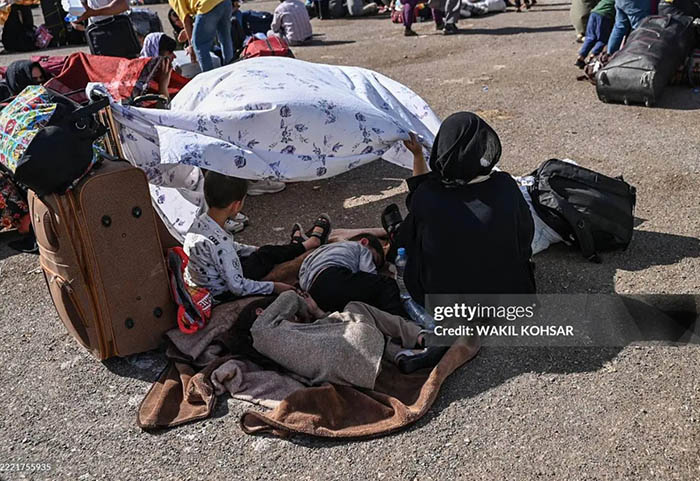Key Drivers of Iran’s Deportation Policy
1. Economic Strain and Inflation
Iran’s economy is under severe pressure. Sanctions related to its nuclear program, mismanagement, corruption, and the COVID-19 pandemic have pushed inflation to alarming levels. In this economic climate, Afghan migrants are increasingly viewed as a burden. Iranian citizens, grappling with joblessness and rising costs, often scapegoat refugees, claiming they take away jobs and strain public services.
2. Internal Political Pressures
Iran’s leadership faces mounting domestic dissent. Protests over economic hardship, women’s rights, and political repression have rocked the country. In response, the government has sought to deflect public anger by targeting foreign populations, including Afghans, with xenophobic rhetoric and policies.
3. Security Concerns
Tehran has expressed concern about the Taliban’s links to Sunni extremist groups and potential cross-border militancy. While the Taliban have pledged to maintain internal security and deny sanctuary to foreign terror groups, Iran remains wary, especially after attacks by ISIS-K and other transnational groups in the region.
4. Lack of International Support
Despite hosting millions of refugees, Iran receives minimal international support for refugee services compared to countries like Turkey or Jordan. With donor fatigue and geopolitical rivalries affecting humanitarian funding, Iran argues it can no longer shoulder the responsibility alone.

